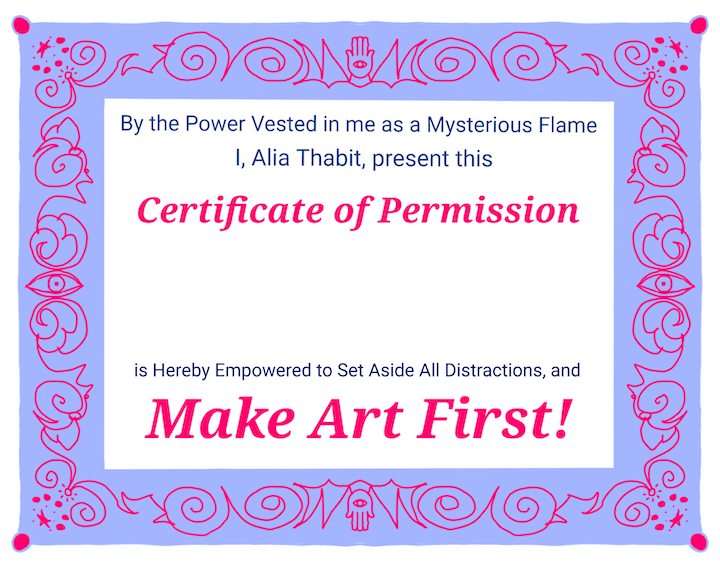Quantum physics is weird. There is a degree to which we ought to be able to walk into a store and find exactly what we want every time (and on sale!), because, in quantum land, the likelihood of it being there is about as high as the likelihood that it won’t. There’s a level of trust, of confidence, in the appearance of the exact right thing. It’s kind of like the confidence and trust we bring to dancing with live music.
Imagine you are watching a dancer. You have no idea what the hell she is doing, but everything is moving in complete accord with the music, and that music is live. There are half a dozen instruments, multiple accents, and a wild assortment of inputs, yet she is totally in sync. How do we arrive at this level of embodied expression?
We start out by copying–that’s how we learn.
Copying different artists and styles gives us the tools, models, and permission to be different. Through learning from a range of sources, we increase the variety of spaces in which we give ourselves permission to be. Each time we reset the pattern, we increase our understanding of and relationship to the dance.
All the movement models we experience form a cloud of possibilities for the “how” of any step, any move. Micro-movement has that quantum element of infinite variation. So does the multiplicity of interpretation, the way in which we construct each move. Through this quantum density, this strange attractor of a shape, we find our own path.

This is why it’s important to study with many teachers. And not just any teachers. Follow the visionaries! When we learn/copy from a variety of expressive masters, through our exposure to varied models we gain an ever more expansive range of possibility. Our range of motion increases, literally—and of thought, imagination, expression.
Over time, our eyes open. Every dance we see, every teacher whose class we take contributes to this. Seek out the best teachers, see great artists, as this is how we develop our range of possibility.
But we can’t copy forever.
As we grow, we find new ways of being in the world. We find out how our bodies want to express the move, the music, the feeling. We branch out on our own. We give ourselves permission to do this. We let go of following. We lead.
Our own style comes from giving ourselves permission to find our own way. The confidence we gain from seeing, learning the variety of ways is the key. I believe our style is already inside us, waiting. The effort and study help us find it, accept it, refine it.
Our path develops in relation to the myriad paths we have followed. It may lie within or without the experienced range of possibility—through the effort of building the range, we see how there could be an outside, and that we might go there. We allow our body to choose whatever move comes forward. We trust that it will be there.
We begin by copying. We learn to trust…
Welcome to the bright world of possibility.
Love,
Alia
Samuel Davies: Twice, Then Quit: How to Train for Resistance to Change















